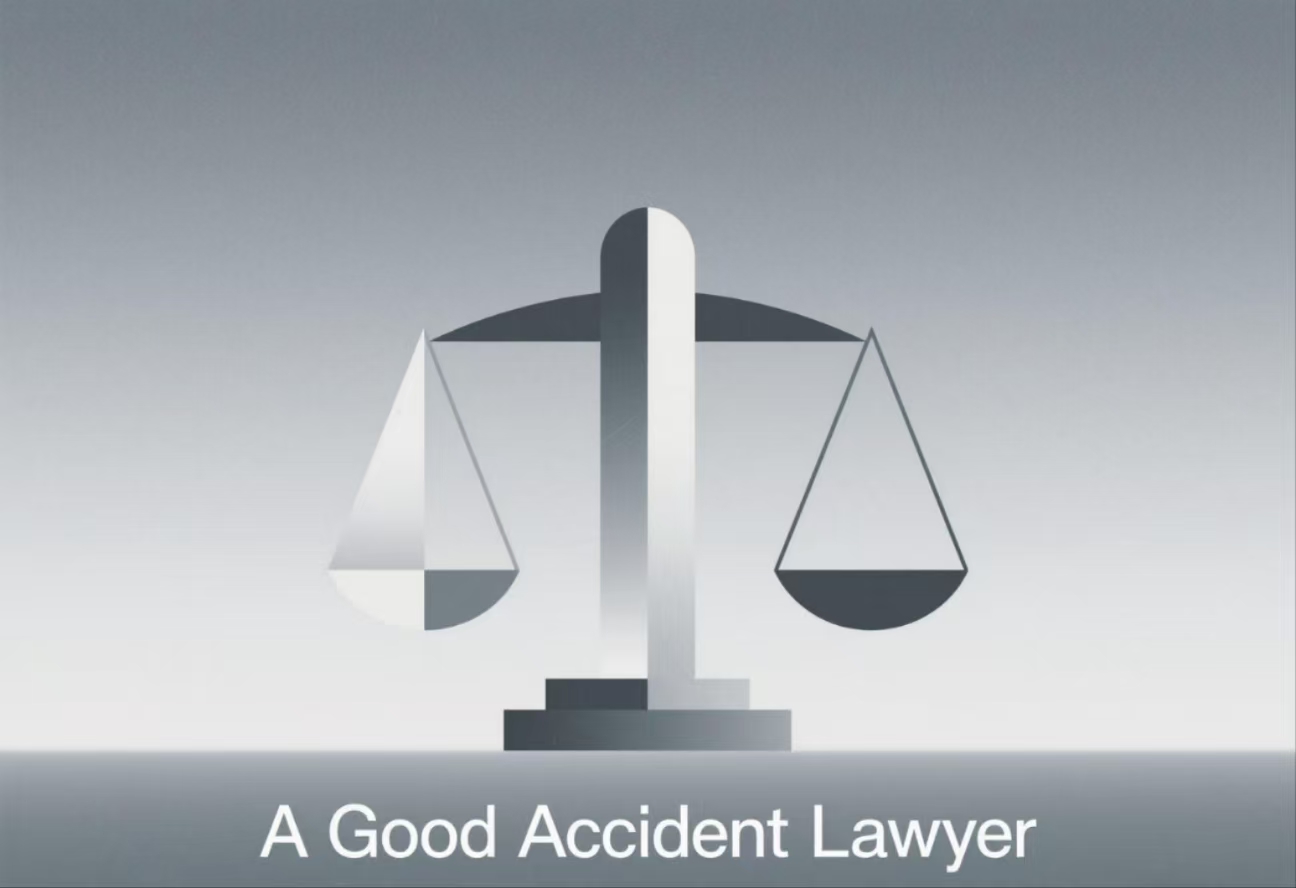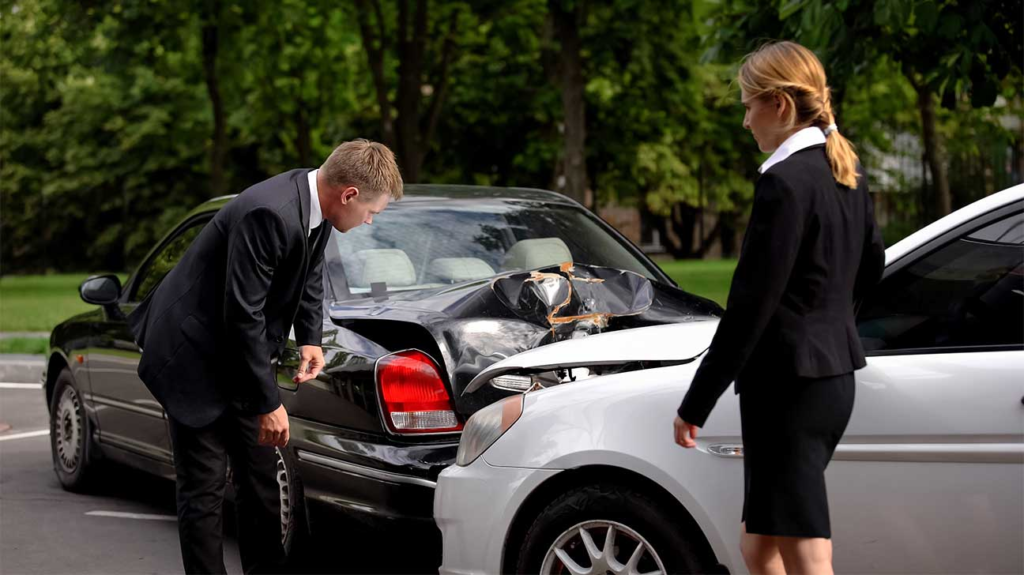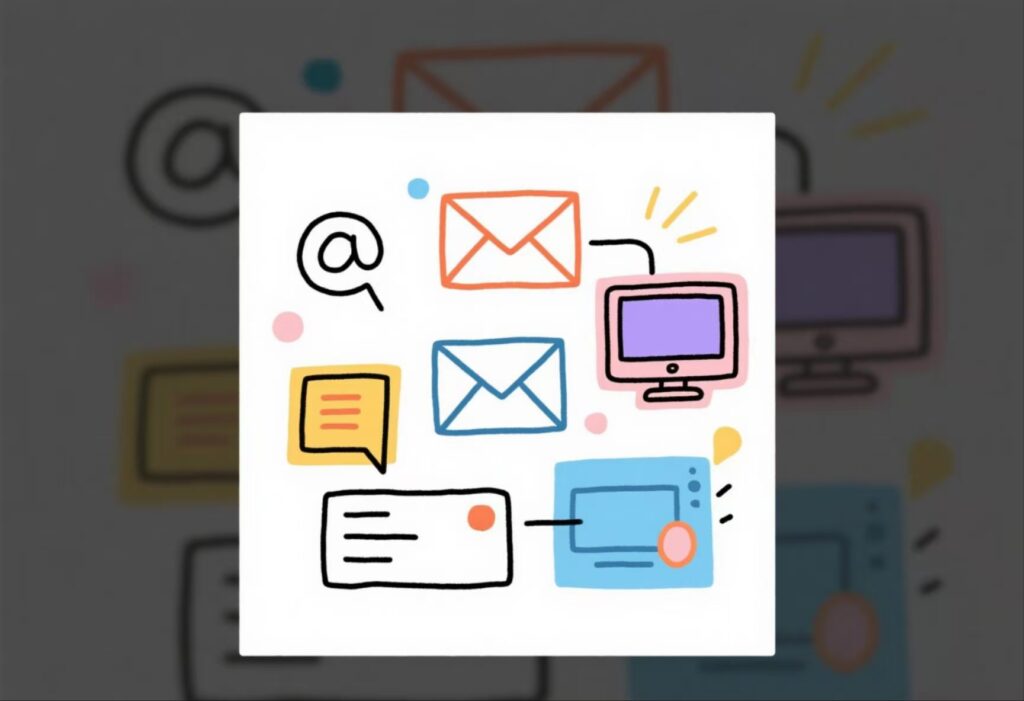Slip and fall injuries at work are among the most common workplace accidents, often leading to significant physical, emotional, and financial consequences. Whether you work in an office, construction site, or retail environment, understanding the causes, prevention methods, and legal rights associated with these incidents is crucial. This article explores the key aspects of slip and fall injuries at work, providing valuable insights for employees and employers alike.Common Causes of Slip and Fall Injuries at WorkSlip and fall accidents can occur due to a variety of factors, many of which are preventable. Below are some of the most frequent causes:
- Wet or Slippery Floors: Spills, recently mopped surfaces, or weather-related moisture can create hazardous conditions.
- Uneven Surfaces: Cracked flooring, loose tiles, or uneven pavement can trip employees.
- Poor Lighting: Inadequate lighting makes it difficult to see obstacles or hazards.
- Cluttered Walkways: Objects left in pathways, such as cords or boxes, increase the risk of tripping.
- Lack of Safety Signage: Failure to mark wet floors or other dangers can lead to accidents.
Preventing Slip and Fall Injuries in the WorkplaceEmployers and employees share the responsibility of creating a safe work environment. Here are some effective prevention strategies:
- Regular Maintenance: Inspect and repair flooring, stairs, and walkways to ensure they are in good condition.
- Prompt Cleanup: Address spills and wet surfaces immediately to prevent slips.
- Proper Footwear: Encourage employees to wear slip-resistant shoes, especially in high-risk areas.
- Adequate Lighting: Ensure all work areas are well-lit to improve visibility.
- Employee Training: Educate staff on safety protocols and the importance of reporting hazards.

Legal Rights After a Slip and Fall Injury at WorkIf you’ve suffered a slip and fall injury at work, you may be entitled to compensation. Here’s what you need to know:
- Workers’ Compensation: Most employers are required to carry workers’ compensation insurance, which covers medical expenses and lost wages.
- Third-Party Claims: If a third party (e.g., a contractor or equipment manufacturer) contributed to the accident, you may file a separate lawsuit.
- Documentation: Keep records of the incident, including photos, witness statements, and medical reports.
- Legal Assistance: Consulting a personal injury lawyer can help you navigate the claims process and maximize your compensation.
What to Do Immediately After a Slip and Fall AccidentTaking the right steps after an accident can protect your health and legal rights. Follow these guidelines:
- Seek Medical Attention: Even if injuries seem minor, a professional evaluation is essential.
- Report the Incident: Notify your employer or supervisor as soon as possible.
- Gather Evidence: Take photos of the hazard and your injuries, and collect contact information from witnesses.
- Follow Up: Keep track of medical treatments and any communication with your employer or insurance company.
ConclusionSlip and fall injuries at work are preventable with proper precautions, but accidents can still happen. By understanding the causes, implementing safety measures, and knowing your legal rights, you can protect yourself and your coworkers. If you’ve been injured, don’t hesitate to seek medical and legal assistance to ensure you receive the support you deserve.

